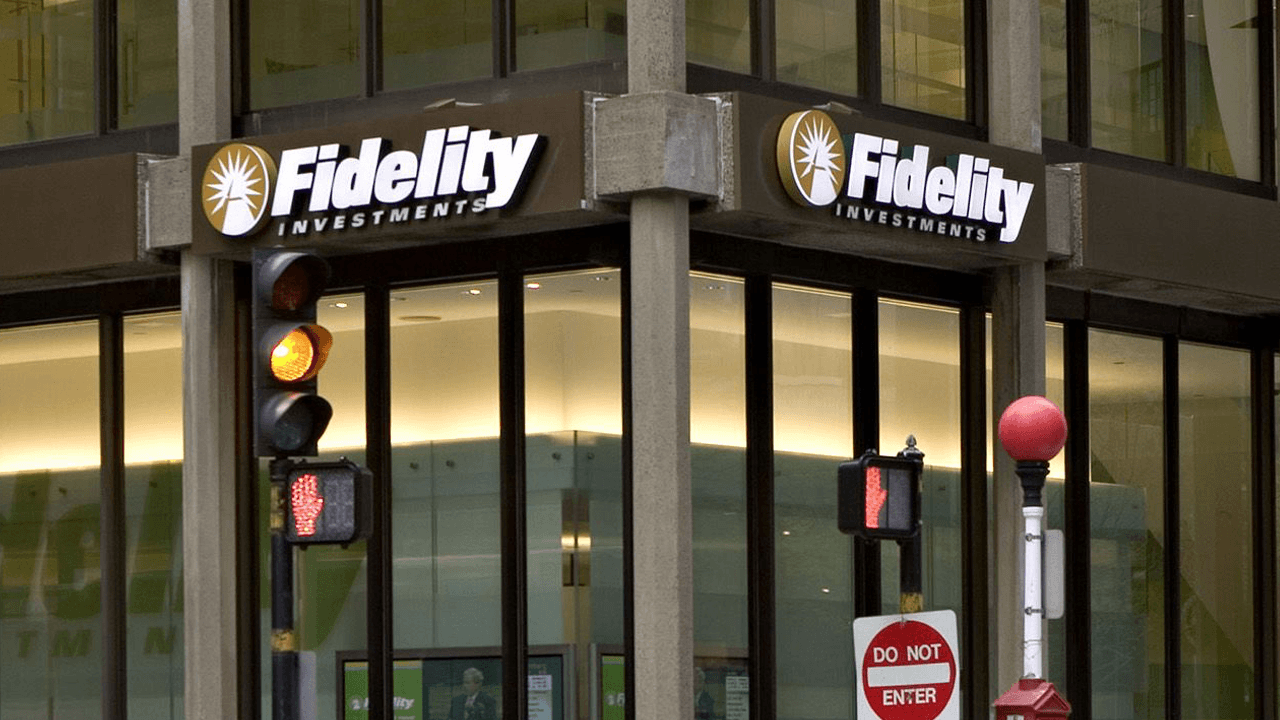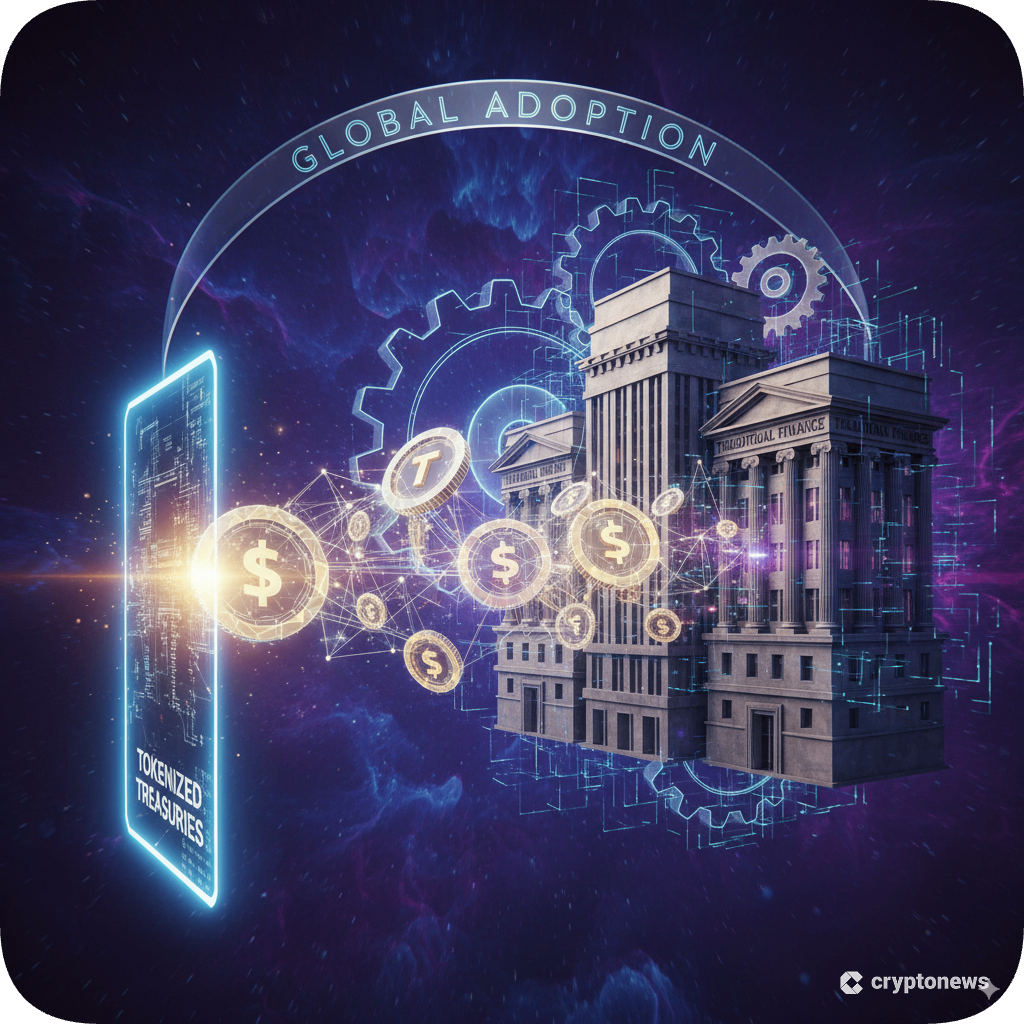Fidelity’s Tokenized U.S. Treasuries Fund on Ethereum: What It Means for Institutional Investors

Fidelity Investments has made a landmark move in the digital securities landscape with the launch of its Fidelity Digital Interest Token (FDIT), a tokenized share class of its Treasury fund built on the Ethereum blockchain. As of October 13,2025, FDIT holds over $200 million in short-term U. S. Treasuries and money-market assets, signaling a pivotal shift for institutional investors seeking exposure to on-chain fixed income products. The ERC-20 format allows FDIT to leverage real-time settlement, on-chain transfers, and programmable features that traditional instruments simply cannot match.
Why Fidelity’s Tokenized Treasuries Matter Now
The rapid adoption of tokenized fixed income assets is no longer speculative. With Ethereum trading at $4,140.46, up $98.87 in the last 24 hours, and the tokenized U. S. Treasuries sector surpassing $7 billion in value, institutional appetite is clear. Fidelity’s entry into this space brings not just scale but also legitimacy and regulatory rigor to the ecosystem.
Unlike earlier crypto-native projects or smaller fintech experiments, Fidelity’s FDIT is custodied by Bank of New York Mellon and operates under a transparent management fee of 0.20% annually. This blend of blockchain-native efficiency with institutional-grade oversight addresses two key barriers: counterparty risk and operational friction.
Programmable Yield: The Next Evolution for Institutional Investors
The core innovation behind Ethereum treasury tokens like FDIT lies in their programmability. On-chain US Treasuries can be integrated directly into DeFi protocols or custom asset management workflows via smart contracts. This enables features such as automated interest distribution, instant collateralization for lending platforms, or real-time compliance monitoring.
For institutional allocators accustomed to T and 1 or T and 2 settlement cycles, the promise of real-time settlement is transformative. FDIT’s ERC-20 structure allows for 24/7 transferability across global markets without intermediary bottlenecks, a critical advantage as liquidity demands evolve.
Competitive Landscape: BlackRock, Franklin Templeton, and the Race for On-Chain Fixed Income
Fidelity’s move comes amid growing competition from other asset managers like BlackRock and Franklin Templeton who are also exploring blockchain-based products to enhance transparency and efficiency. However, Fidelity’s $200 million AUM at launch sets a new benchmark for scale in this nascent market.
The entrance of such heavyweight players signals that institutional investors are now taking blockchain-based fixed income seriously. This trend is reinforced by increasing regulatory clarity around digital securities and a maturing infrastructure stack that supports robust custody and compliance solutions.
Ethereum (ETH) Price Prediction 2026-2031 Post-Fidelity Tokenized Treasury Fund Launch
Comprehensive outlook factoring in institutional adoption, market cycles, and evolving blockchain use cases
| Year | Minimum Price | Average Price | Maximum Price | % Change (Avg YoY) | Key Market Scenario |
|---|---|---|---|---|---|
| 2026 | $3,900 | $4,600 | $5,600 | +11% | Continued institutional adoption, steady DeFi/RWA growth |
| 2027 | $4,200 | $5,400 | $6,800 | +17% | Scaling solutions mature, tokenized assets drive demand |
| 2028 | $4,800 | $6,300 | $8,200 | +17% | Regulatory clarity, increased global RWA on-chain |
| 2029 | $5,200 | $7,200 | $9,600 | +14% | ETH 2.x upgrades, mainstream financial integration |
| 2030 | $5,700 | $8,100 | $11,200 | +13% | Broader adoption, competition from other L1s rises |
| 2031 | $6,200 | $9,000 | $12,500 | +11% | DeFi/TradFi convergence, global regulatory harmonization |
Price Prediction Summary
Ethereum is poised for steady growth through 2031, driven by institutional adoption and the proliferation of real-world asset (RWA) tokenization, as exemplified by Fidelity’s tokenized U.S. Treasury fund. While short-term volatility remains, the expanding utility and increasing integration with traditional finance are likely to support higher price averages. Upside potential is significant if regulatory clarity and technological upgrades proceed smoothly, but downside risks persist from competition and possible regulatory headwinds.
Key Factors Affecting Ethereum Price
- Institutional adoption of tokenized assets, led by products like Fidelity’s FDIT
- Continued growth and innovation in DeFi and RWA tokenization on Ethereum
- Advancements in Ethereum scalability (e.g., Danksharding, L2 rollups)
- Regulatory developments in the U.S., Europe, and Asia impacting crypto markets
- Potential competition from other smart contract blockchains (e.g., Solana, Avalanche)
- Macroeconomic conditions affecting risk appetite and capital flows
- Mainstream financial integration and acceptance of blockchain-based settlement
Disclaimer: Cryptocurrency price predictions are speculative and based on current market analysis.
Actual prices may vary significantly due to market volatility, regulatory changes, and other factors.
Always do your own research before making investment decisions.
This competitive pressure is likely to accelerate innovation around programmable yield treasuries and drive further convergence between traditional finance (TradFi) and decentralized finance (DeFi). For decision-makers evaluating exposure to tokenized treasuries, understanding these market dynamics is now essential.
As adoption accelerates, institutional investors are seeking more than just exposure, they want operational efficiency, risk mitigation, and seamless integration with existing systems. Fidelity’s FDIT addresses these needs by providing programmable settlement, automated compliance checks, and transparent on-chain reporting. The ability to fractionalize U. S. Treasuries into ERC-20 tokens allows for greater portfolio flexibility and access to global liquidity pools that operate around the clock.

Risk Profile and Regulatory Oversight: What Sets FDIT Apart?
One of the most compelling features of Fidelity’s tokenized treasuries is the combination of blockchain transparency with established regulatory frameworks. Unlike unregulated crypto assets, FDIT is backed by short-term U. S. Treasuries and money-market instruments, assets long considered among the safest in global finance. The fund’s 0.20% management fee reflects both competitive pricing and the cost of maintaining rigorous oversight through a traditional custodian (Bank of New York Mellon).
This hybrid approach reduces counterparty risk while enabling real-time auditability via Ethereum’s public ledger. For compliance teams and institutional allocators, this means easier reconciliation, enhanced due diligence, and simplified reporting, key advantages over legacy fixed income instruments.
Key Benefits of Fidelity’s Tokenized Treasuries for Institutions
-

24/7 Liquidity and Real-Time Settlement: The Fidelity Digital Interest Token (FDIT), issued as an ERC-20 token on Ethereum, enables institutional investors to transfer and settle assets instantly, around the clock, bypassing traditional banking hours and reducing settlement risk.
-

Reduced Reliance on Intermediaries: By leveraging blockchain infrastructure, FDIT transactions occur directly on-chain, minimizing the need for custodians, clearinghouses, and other third parties, which can lower both operational costs and counterparty risk.
-

Transparent and Auditable Holdings: The use of Ethereum’s public ledger allows institutions to independently verify fund holdings and transaction history in real-time, enhancing transparency and regulatory compliance.
-

Fractional Ownership and Accessibility: Tokenization permits fractional investment in U.S. Treasuries, enabling institutions to efficiently manage portfolio allocations and access high-quality collateral with greater flexibility.
-

Competitive Yield with Low Fees: The FDIT offers exposure to short-term U.S. Treasuries and money-market assets with a competitive 0.20% annual management fee, providing a cost-effective alternative to traditional treasury products.
-

Integration with DeFi Ecosystem: As an ERC-20 token, FDIT can potentially be integrated into decentralized finance (DeFi) protocols, unlocking new use cases such as on-chain collateralization, lending, and liquidity provision for institutional participants.
Integrating On-Chain US Treasuries Into Institutional Workflows
The flexibility of on-chain US Treasuries extends beyond simple buy-and-hold strategies. Programmatic features enable direct integration into treasury management systems, collateralization engines for lending protocols, or even automated liquidity provisioning across DeFi platforms. This opens up new avenues for capital efficiency while maintaining exposure to government-backed yield.
Moreover, 24/7 transferability eliminates geographic barriers and holiday-induced settlement delays, a persistent pain point in traditional markets. As tokenization becomes standard, expect institutional workflows to evolve toward more dynamic and responsive fixed income allocations.
“Fidelity’s launch signals a paradigm shift, it’s not just about digital assets anymore; it’s about reengineering how institutions interact with safe-haven securities. “
What Comes Next: The Future of Tokenized Fixed Income Assets
The launch of FDIT at a time when Ethereum is trading at $4,140.46 demonstrates strong confidence in both the underlying blockchain infrastructure and market appetite for digital fixed income products. As regulatory clarity improves and more asset managers enter the arena, we are likely to see exponential growth in tokenized treasury offerings, potentially spanning longer durations or incorporating additional programmable features like ESG scoring or automated tax optimization.
For institutional investors evaluating this space, now is the time to develop operational expertise in tokenized assets and explore partnerships with providers that combine blockchain-native innovation with traditional financial safeguards.
To dive deeper into how these developments are reshaping access for professional allocators, and what it means for your portfolio strategy, read our analysis at How Fidelity’s Tokenized U. S. Treasuries Fund on Ethereum Changes Institutional Access.







